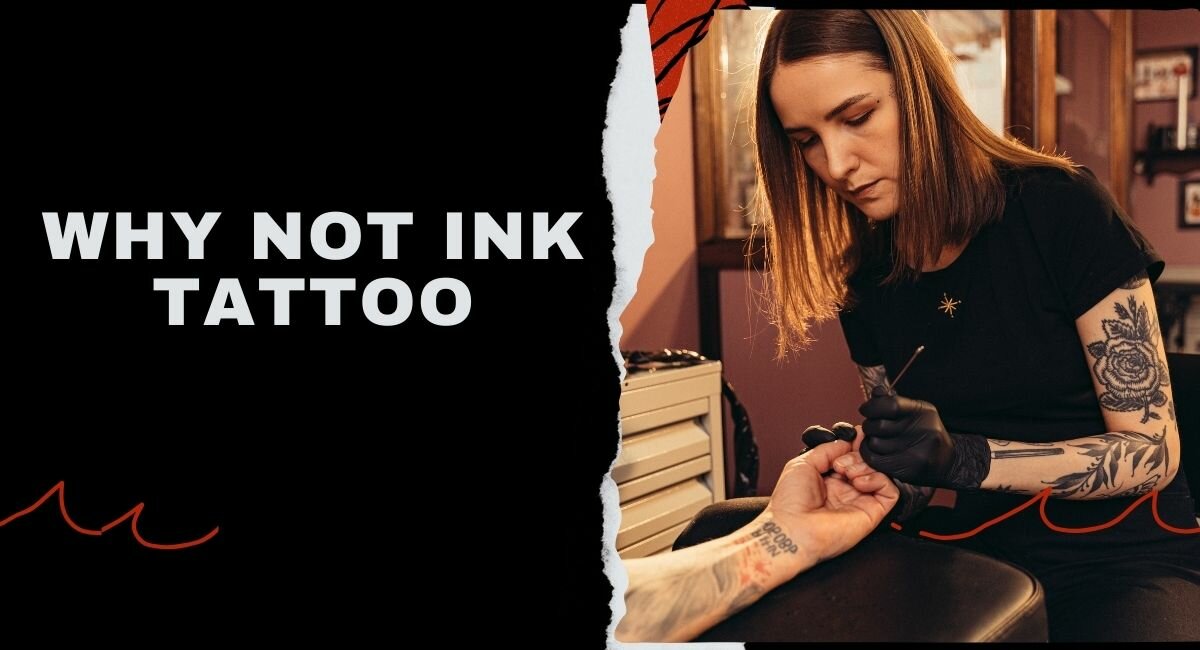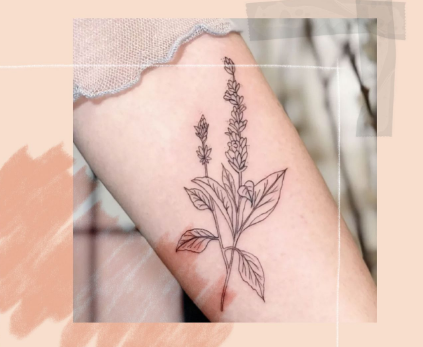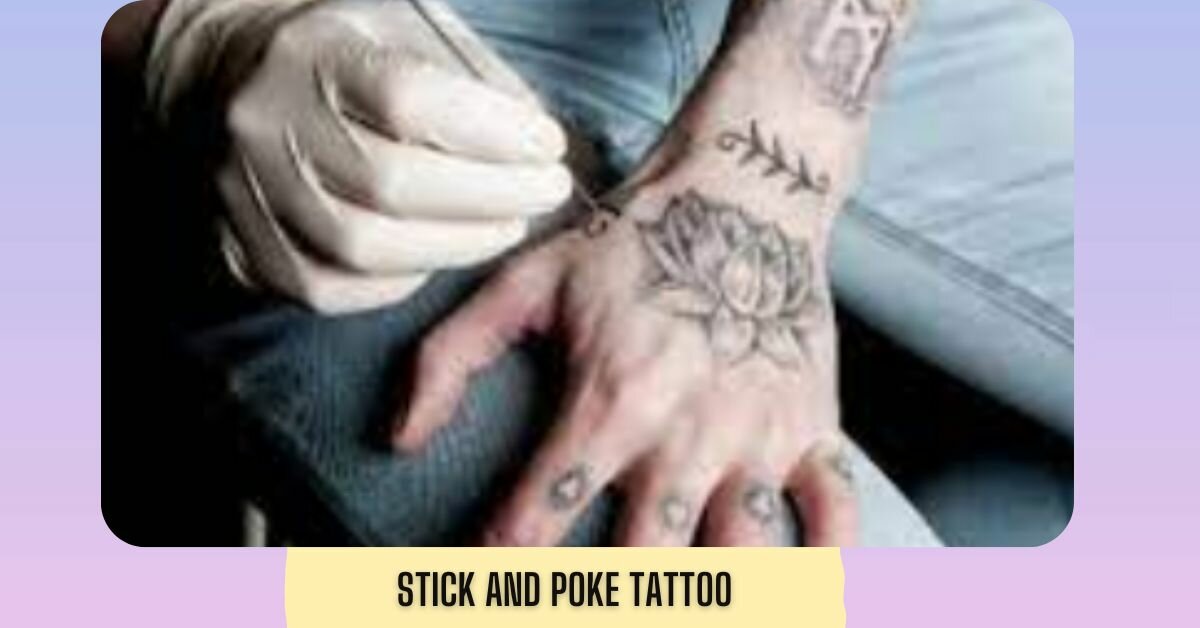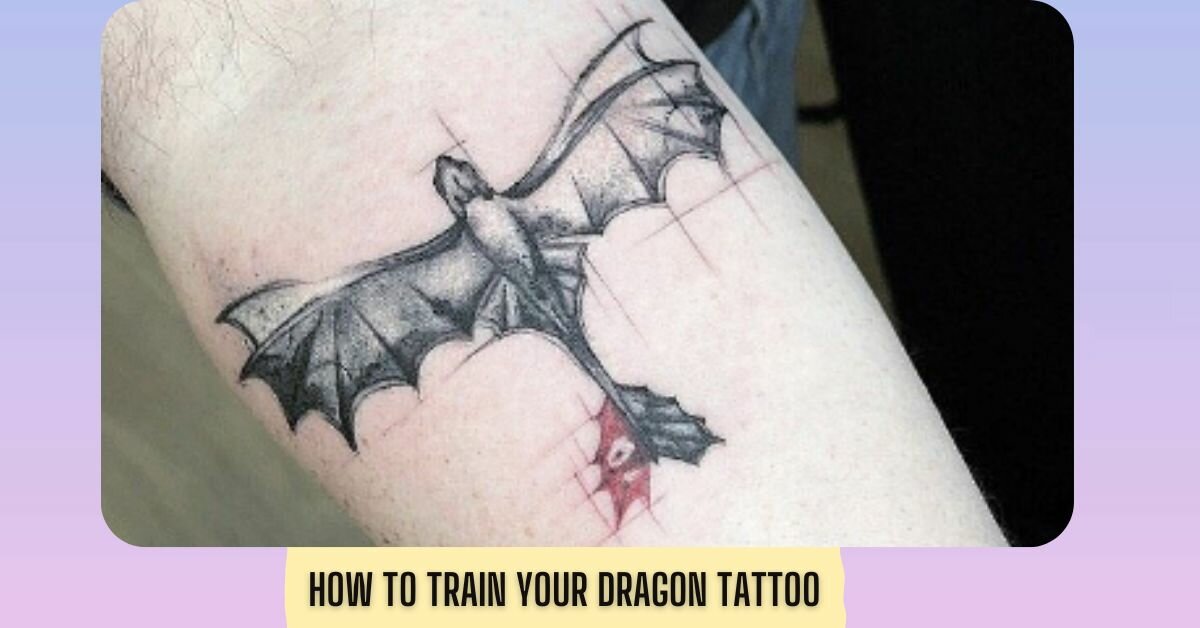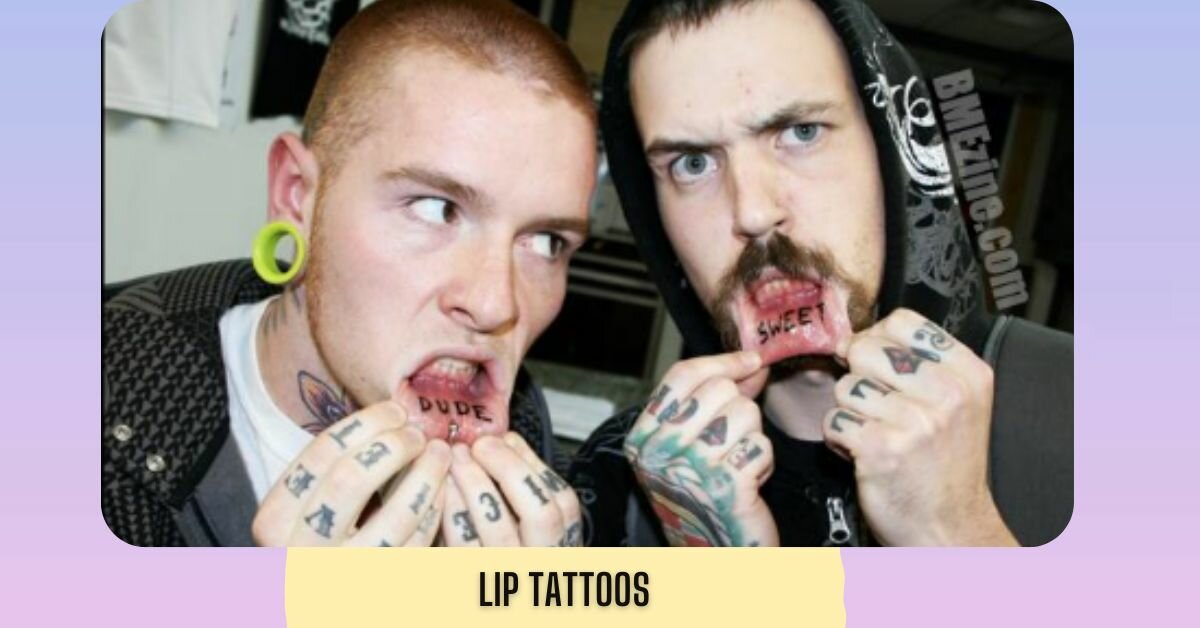Tattooing and microblading are both popular methods for enhancing the appearance of eyebrows. Both techniques involve using a needle to deposit pigment into the skin, but they differ in several ways.
Tattooing is a more traditional method that involves using a machine to inject ink into the skin. This technique creates a more permanent result, as the ink is injected deep into the dermis layer of the skin. Usually, the tattoo stays and needs to be touched up for several years.
On the other hand, microblading is a semi-permanent treatment that uses a handheld tool to imitate hair strokes in the skin. The pigment is deposited closer to the skin’s surface, so it will fade over time and may require touch-ups every one to three years.
What Are The Different Types Of Eyebrow Tattoos?
The illusion of bigger, more defined eyebrows can be achieved using various eyebrow tattooing procedures. The following are some of the most popular eyebrow tattoo designs:
- Microblading: Using a small, handheld tool, the semi-permanent tattooing method known as microblading makes hair-like strokes on the skin. You may achieve a natural, feathered brow look with microblading.
- Powder brows: This technique involves using a machine to tattoo a soft, powdery finish on the skin to create a makeup-like effect. When used correctly, powder brows can give the appearance of fuller, more defined eyebrows.
- Ombre brows: This technique creates a gradient effect, gradually becoming lighter towards the tail. Ombre brows can be used to create a more natural-looking brow.
- Combo brows: This technique combines microblading and shading to create a brow with hair-like strokes and a soft, powdery finish. Combo brows can be used to create a more defined and natural-looking brow.
It’s important to note that each technique can produce different results and may be more or less suitable for different skin types and brow shapes. It’s a good idea to discuss your specific goals and concerns with a trained tattoo artist before deciding which technique is suitable for you.
How Long Does The Eyebrow Tattoo Last
The tattoo’s longevity depends on various factors, including the type of ink used, the technique of the tattoo artist, and the individual’s skin type and lifestyle.
In general, eyebrow tattoos can last anywhere from 1 to 3 years before fading. Some people may notice that their tattoos begin to fade after just a few months, while others may have tattoos that remain relatively unchanged for several years. The fading process is often gradual, and the tattoo may need to be refreshed or touched up over time to maintain its desired appearance.
It’s essential to remember that every individual is different, and the duration of an eyebrow tattoo can vary significantly from person to person. Suppose you are considering getting an eyebrow tattoo. In that case, it’s a good idea to talk to a tattoo artist or dermatologist to get a better idea of how long the tattoo will likely last on your specific skin type and lifestyle.
Read more about: Why Can’t You Get A Tattoo While Pregnant
Aftercare For Eyebrow Tattoos
Eyebrow tattooing, also known as microblading, is a cosmetic procedure involving pigment in the skin to create the appearance of fuller, more defined eyebrows. After the process, it is essential to properly care for the tattooed area to ensure proper healing and to maintain the desired results.
Here are some general guidelines for aftercare:
- Keep the tattooed area clean and dry. Avoid getting the area wet or using makeup on it for at least the first week.
- Avoid strenuous activities that may cause sweating, such as exercise or saunas, for at least the first week.
- Apply a thin layer of aftercare ointments, such as petroleum jelly or Aquaphor, to the tattooed area several times a day to keep the skin moisturized and to prevent scabbing.
- Avoid picking or scratching at any scabs that may form on the tattooed area.
- Avoid exposing the tattooed area to direct sunlight or tanning beds for at least the first month.
- Follow any additional aftercare instructions provided by your tattoo artist.
It is essential to follow these aftercare guidelines to ensure proper healing and maintain your eyebrow tattoo’s desired results. If you have any questions, it is best to consult your tattoo artist or healthcare professional.
How To Remove Eyebrow Tattoos At Home
It is not recommended to try to remove an eyebrow tattoo at home, as the removal process can be complex and requires specialized equipment and chemicals. Attempting to remove a tattoo at home can be dangerous and may result in scarring or other adverse side effects.
Suppose you are unsatisfied with your eyebrow tattoo and want to remove it. In that case, it is best to consult a dermatologist or other medical professional with experience in tattoo removal. They will be able to assess your specific situation and recommend the most appropriate treatment plan, which may include one or more of the following techniques:
- Laser removal: This is the most common tattoo removal method and involves using a laser to break down the pigment in the tattoo.
- Excision involves surgically removing the tattooed skin and closing the wound with sutures.
- Dermabrasion: This involves using a rotating tool to remove the top layers of skin, which can help to fade the tattoo.
- Salabrasion involves using a salt solution to irritate the skin and remove the tattoo.
It’s important to note that tattoo removal can be time-consuming and costly, and it may not always be possible to remove a tattoo altogether. The removal process’s success will depend on various factors, including the age and size of the tattoo, the type of ink used, and the individual’s skin type. Discussing the potential risks and benefits of tattoo removal with a medical professional is a good idea before proceeding with treatment.





